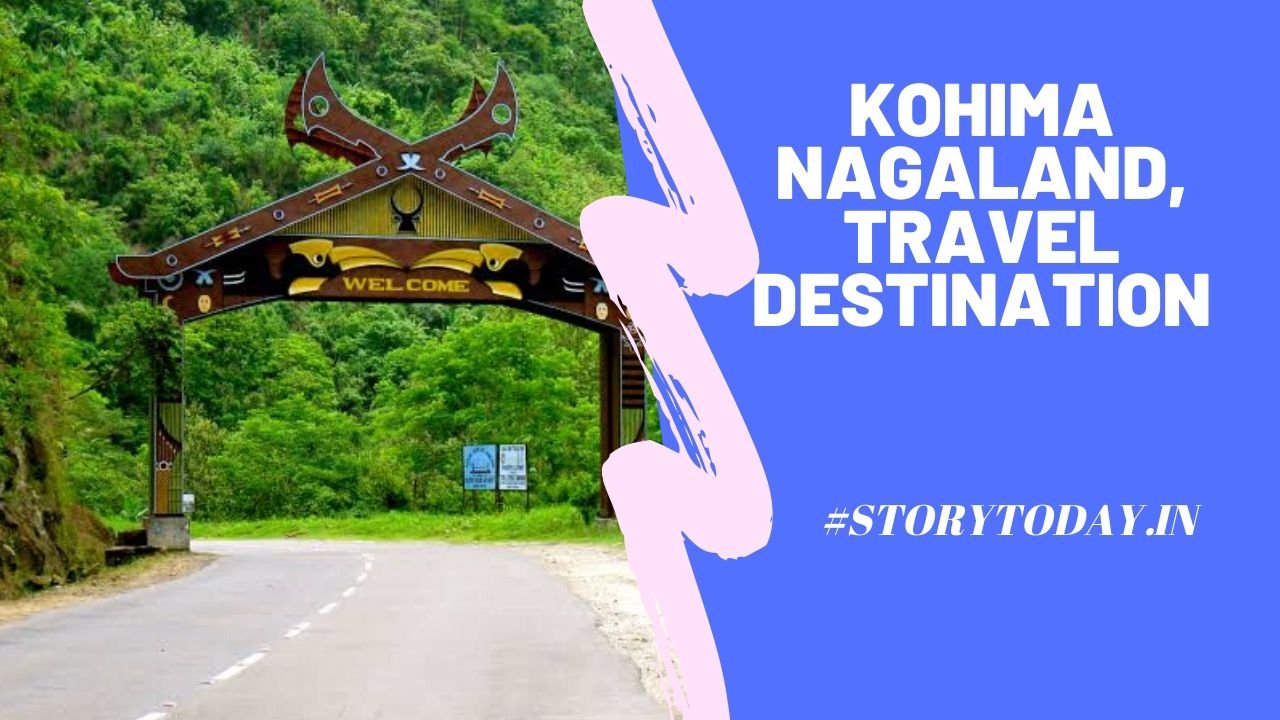Kohima is the hilly capital of India’s north eastern border state of Nagaland, which shares its borders with Burma. It lies in Kohima District and is also one of the three Nagaland towns with Municipal council status alongwith Dimapur and Mokokchung.
Battle of Kohima: In 1944 during World War II the Battle of Kohima along with the simultaneous Battle of Imphal was the turning point in the Burma Campaign. For the first time in South-East Asia the Japanese lost the initiative to the Allies which they then retained until the end of the war. Kohima has a large cemetery for the Allied war dead maintained by the Commonwealth Graves Commission.The cemetery lies on the slopes of Garrison Hill which was the scene of intense fighting.The verse carved on the memorial of the 2nd British Division in the cemetery When you go home tell them of us and say for your tomorrow we gave our today has become world-famous as the Kohima poem.
Inhabitants of Kohima: The main indigenous inhabitants of Kohima district are the Angamis, and the Rengmas.The town of Kohima is located on the top of a high ridge and the town serpentines all along the top of the surrounding mountain ranges as is typical of most Naga settlements.Today the town’s population compose of all the 16 tribes of Nagaland.The population of the Angamis and Aos are the largest in present day Kohima urban area.
Kohima is so called because “Kew Hi” is the name of a plant grown on the mountainside. “Kew Hi Ma” means “the men of the land where the flower Kew Hi grows”. Earlier, Kohima was known as “Thigoma”. ‘Kohima village’ called ‘Bara Basti’ or ‘large village’,which is the largest village in Asia forms the northeastern part of Kohima urban area today. The Bara Basti is divided into ‘khels’ or localities. There are four of them,namely – Tsütuonuomia, Lhisemia, Dapfütsumia and Pfuchatsumia. They are termed shortly as T, L, D, and P Khel respectively.
Greater Kohima which includes Kohima Village and Kohima Science College campus area in Jotsoma alongwith Kohima town is the second largest urban area of Nagaland after Dimapur-Chumukedima.It has a population of about 93,000 The Nagaland State Museum is a one-stop treasure house where you can get a glimpse into Naga culture through history.
The main items exhibited are gateposts, statues, pillars, and jewellery. A ceremonial drum which looks like a dug-out war canoe is exhibited in a separate shed. The basement of the museum has birds and animals of the North-Eastern hill states.




